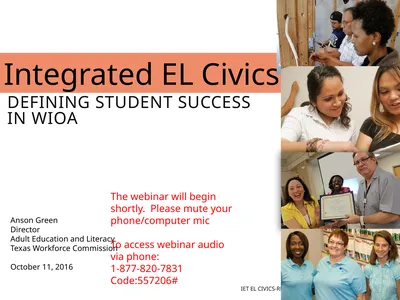PPT-Civics chapter 3 & 4 Test Review Game
Author : ginocrossed | Published Date : 2020-11-06
1 The Preamble to the Constitution a is our law b was ratified by 9 of the 13 colonies c is the introduction that explains why the Constitution was written
Presentation Embed Code
Download Presentation
Download Presentation The PPT/PDF document "Civics chapter 3 & 4 Test Review Gam..." is the property of its rightful owner. Permission is granted to download and print the materials on this website for personal, non-commercial use only, and to display it on your personal computer provided you do not modify the materials and that you retain all copyright notices contained in the materials. By downloading content from our website, you accept the terms of this agreement.
Civics chapter 3 & 4 Test Review Game: Transcript
Download Rules Of Document
"Civics chapter 3 & 4 Test Review Game"The content belongs to its owner. You may download and print it for personal use, without modification, and keep all copyright notices. By downloading, you agree to these terms.
Related Documents

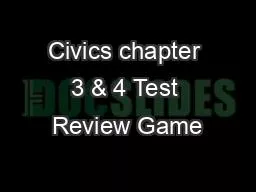
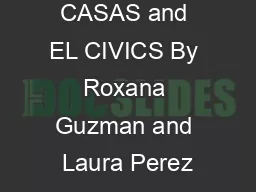
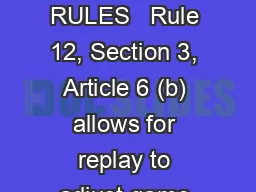
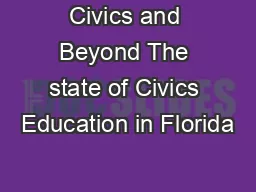
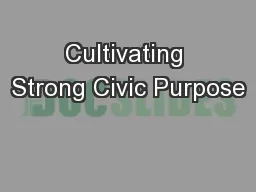
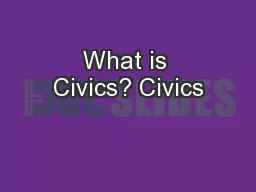
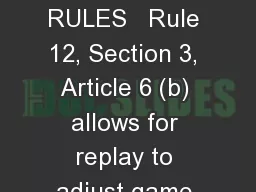
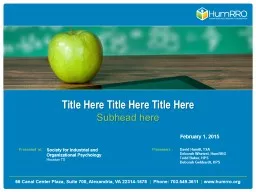

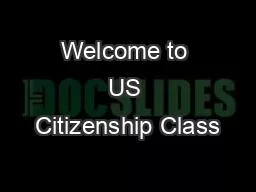
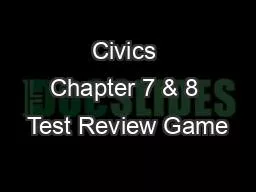
![[DOWLOAD]-Game Development Planner: My Great Game Ideas - Video Game Design Book - For](https://thumbs.docslides.com/990762/dowload-game-development-planner-my-great-game-ideas-video-game-design-book-for-game-developer-game-designer.jpg)

